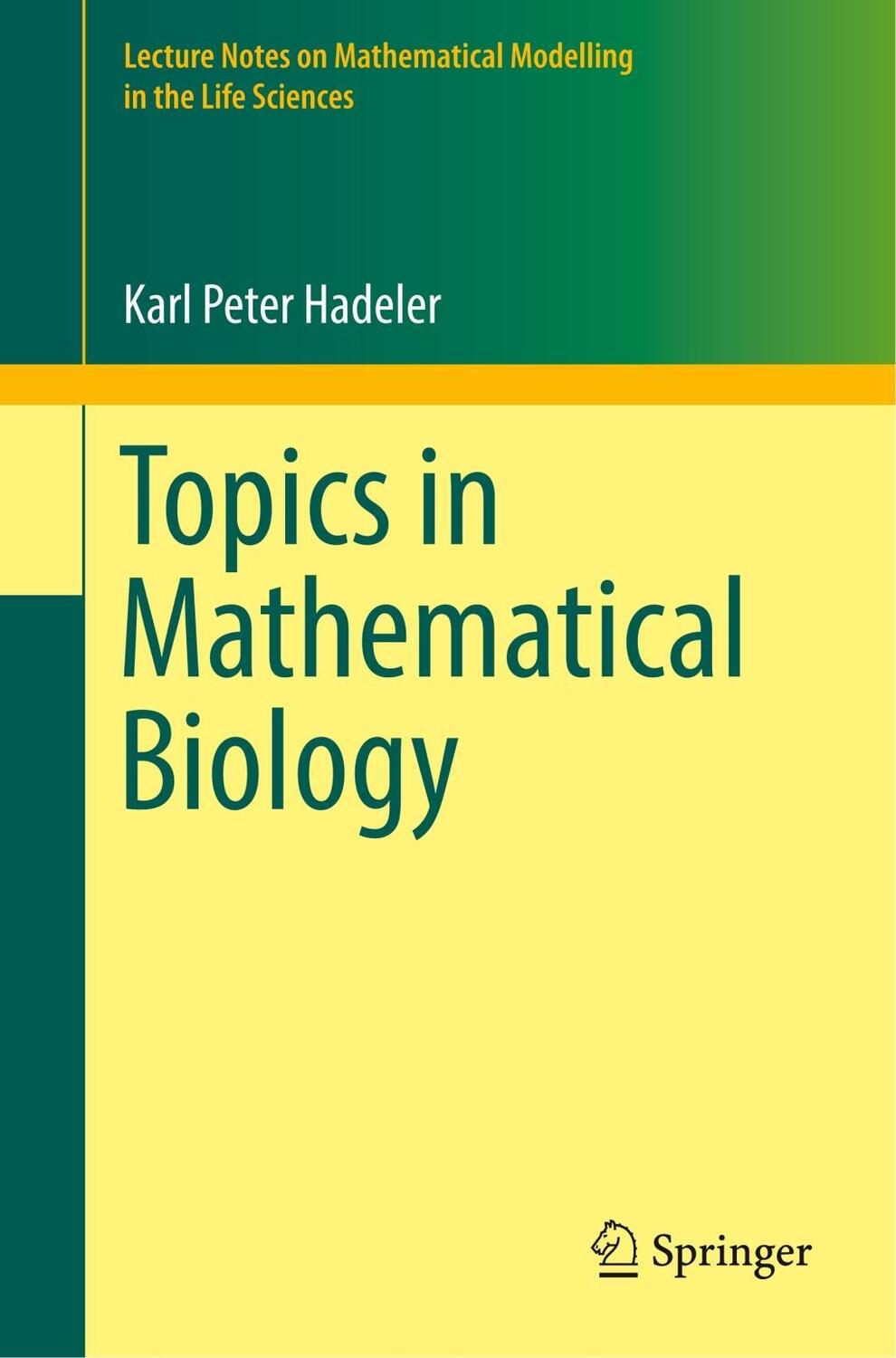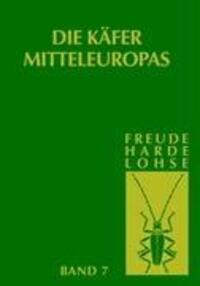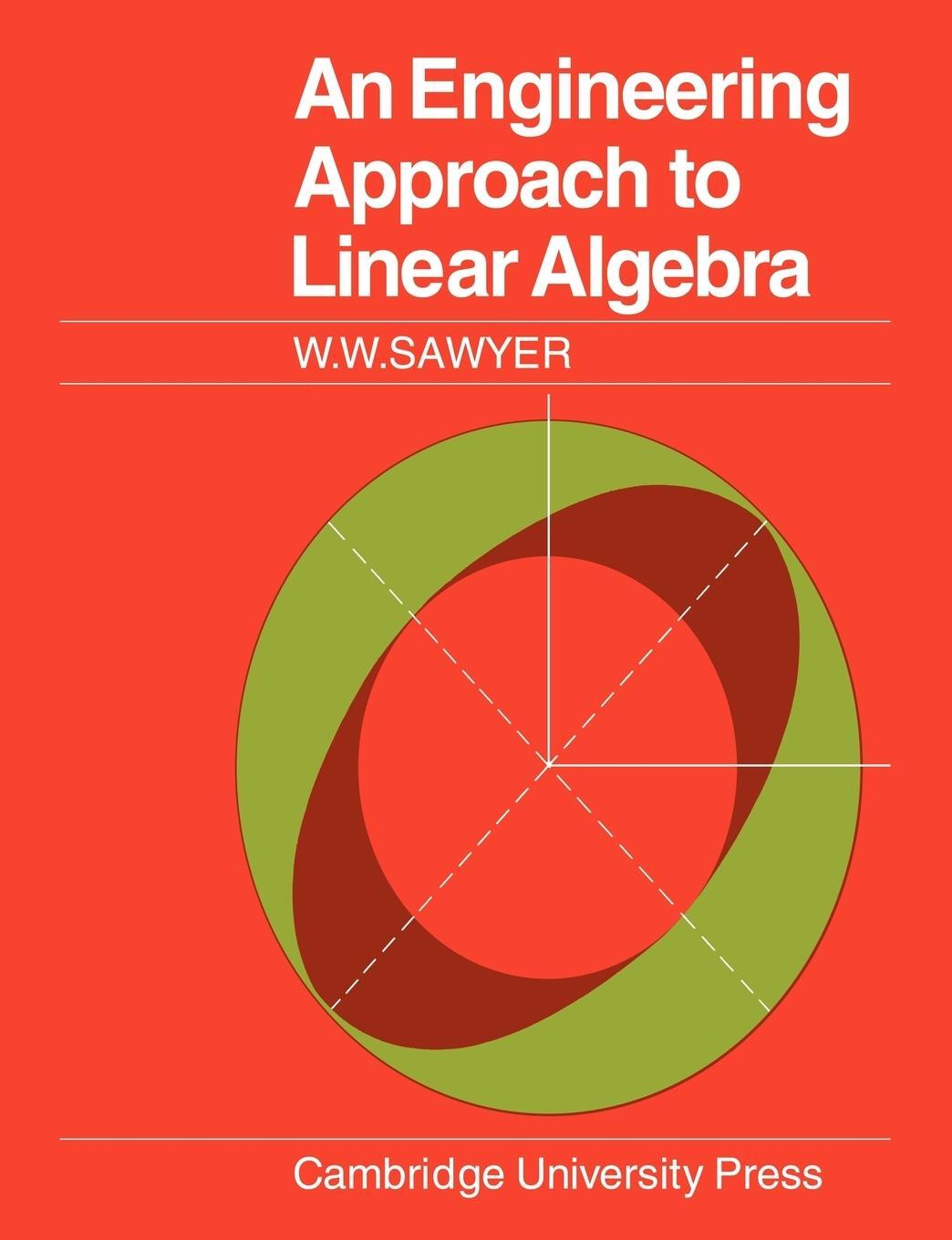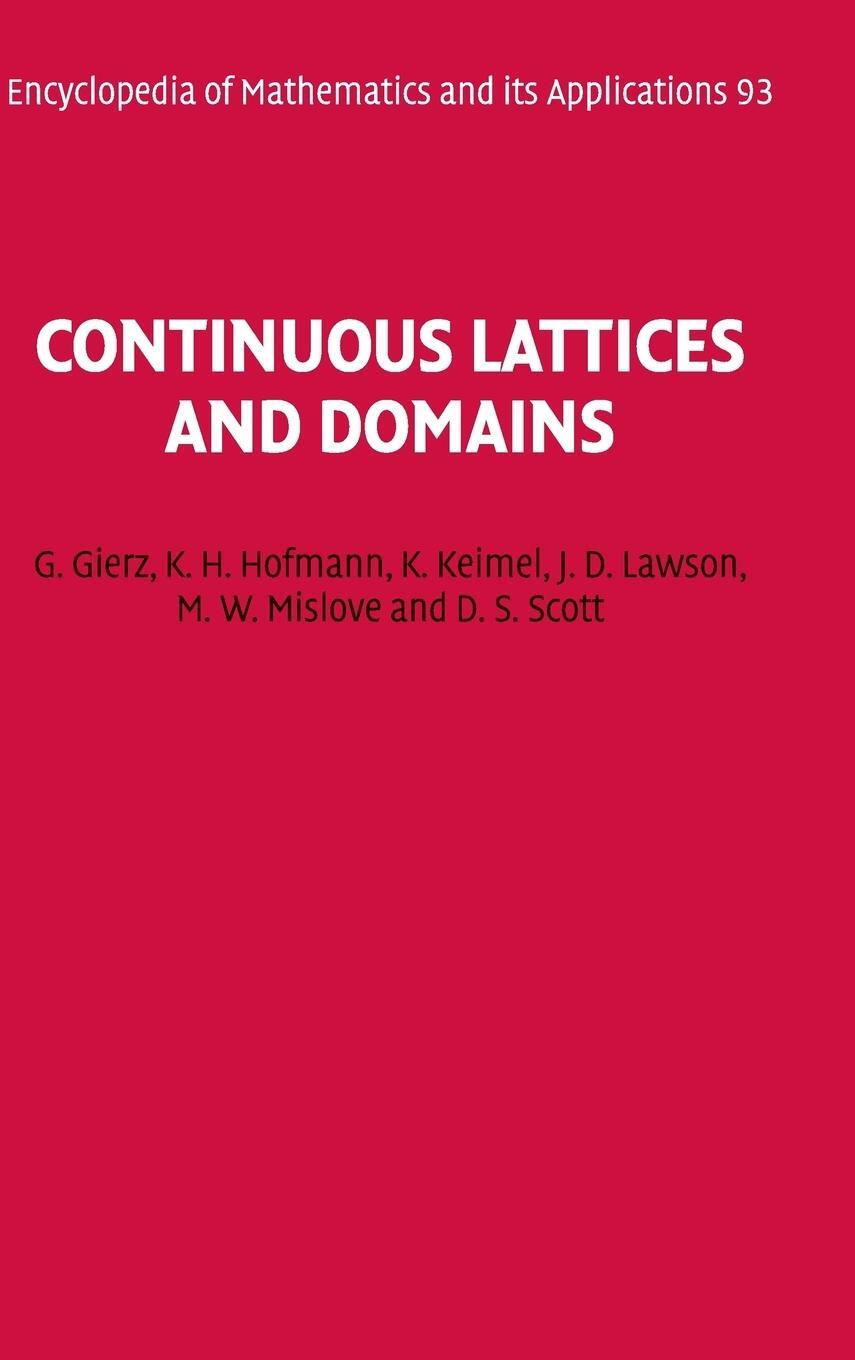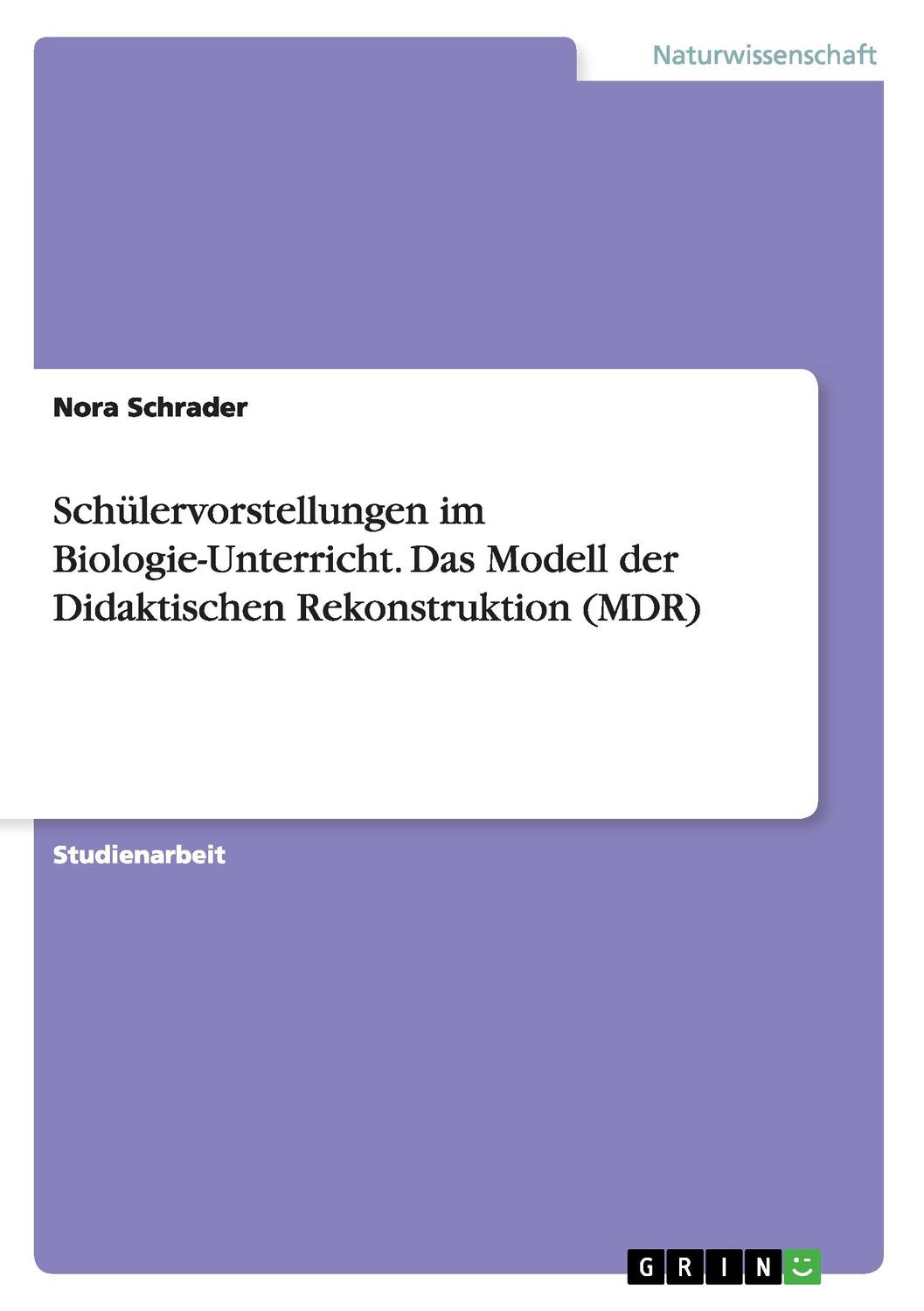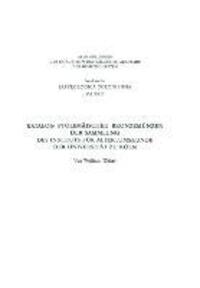106,95 €*
Versandkostenfrei per Post / DHL
Lieferzeit 4-7 Werktage
The textbook is intended for graduate students and researchers in mathematical biology who have a solid background in linear algebra, differential equations and dynamical systems. Readers can find gems of unexpected beauty within these pages, and those who knew K.P. (as he was often called) well will likely feel his presence and hear him speaking to them as they read.
The textbook is intended for graduate students and researchers in mathematical biology who have a solid background in linear algebra, differential equations and dynamical systems. Readers can find gems of unexpected beauty within these pages, and those who knew K.P. (as he was often called) well will likely feel his presence and hear him speaking to them as they read.
Written by a pioneer and expert in Mathematical Biology
Analyzes the impact of quiescent phases in biology with mathematical models
Presents classical mathematical biology models in detail with a focus on quiescence
Casts new light on excitability of steady states, epidemic outbreaks, survival of the fittest and many more topics
Holds in store many gems for the readers
| Erscheinungsjahr: | 2018 |
|---|---|
| Fachbereich: | Allgemeines |
| Genre: | Mathematik |
| Rubrik: | Naturwissenschaften & Technik |
| Medium: | Taschenbuch |
| Seiten: | 368 |
| Reihe: | Lecture Notes on Mathematical Modelling in the Life Sciences |
| Inhalt: |
xiv
353 S. 26 s/w Illustr. 2 farbige Illustr. 353 p. 28 illus. 2 illus. in color. |
| ISBN-13: | 9783319656205 |
| ISBN-10: | 3319656201 |
| Sprache: | Englisch |
| Herstellernummer: | 978-3-319-65620-5 |
| Ausstattung / Beilage: | Paperback |
| Einband: | Kartoniert / Broschiert |
| Autor: | Hadeler, Karl Peter |
| Auflage: | 1st ed. 2017 |
| Hersteller: |
Springer International Publishing
Springer International Publishing AG Lecture Notes on Mathematical Modelling in the Life Sciences |
| Maße: | 235 x 155 x 20 mm |
| Von/Mit: | Karl Peter Hadeler |
| Erscheinungsdatum: | 22.01.2018 |
| Gewicht: | 0,557 kg |
Written by a pioneer and expert in Mathematical Biology
Analyzes the impact of quiescent phases in biology with mathematical models
Presents classical mathematical biology models in detail with a focus on quiescence
Casts new light on excitability of steady states, epidemic outbreaks, survival of the fittest and many more topics
Holds in store many gems for the readers
| Erscheinungsjahr: | 2018 |
|---|---|
| Fachbereich: | Allgemeines |
| Genre: | Mathematik |
| Rubrik: | Naturwissenschaften & Technik |
| Medium: | Taschenbuch |
| Seiten: | 368 |
| Reihe: | Lecture Notes on Mathematical Modelling in the Life Sciences |
| Inhalt: |
xiv
353 S. 26 s/w Illustr. 2 farbige Illustr. 353 p. 28 illus. 2 illus. in color. |
| ISBN-13: | 9783319656205 |
| ISBN-10: | 3319656201 |
| Sprache: | Englisch |
| Herstellernummer: | 978-3-319-65620-5 |
| Ausstattung / Beilage: | Paperback |
| Einband: | Kartoniert / Broschiert |
| Autor: | Hadeler, Karl Peter |
| Auflage: | 1st ed. 2017 |
| Hersteller: |
Springer International Publishing
Springer International Publishing AG Lecture Notes on Mathematical Modelling in the Life Sciences |
| Maße: | 235 x 155 x 20 mm |
| Von/Mit: | Karl Peter Hadeler |
| Erscheinungsdatum: | 22.01.2018 |
| Gewicht: | 0,557 kg |

